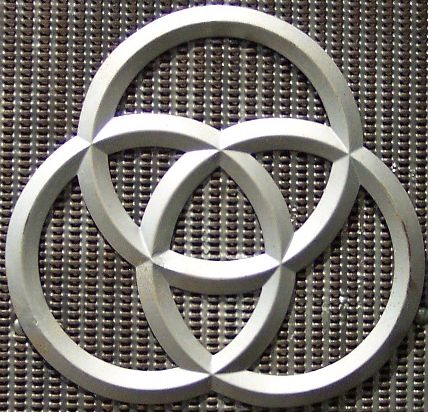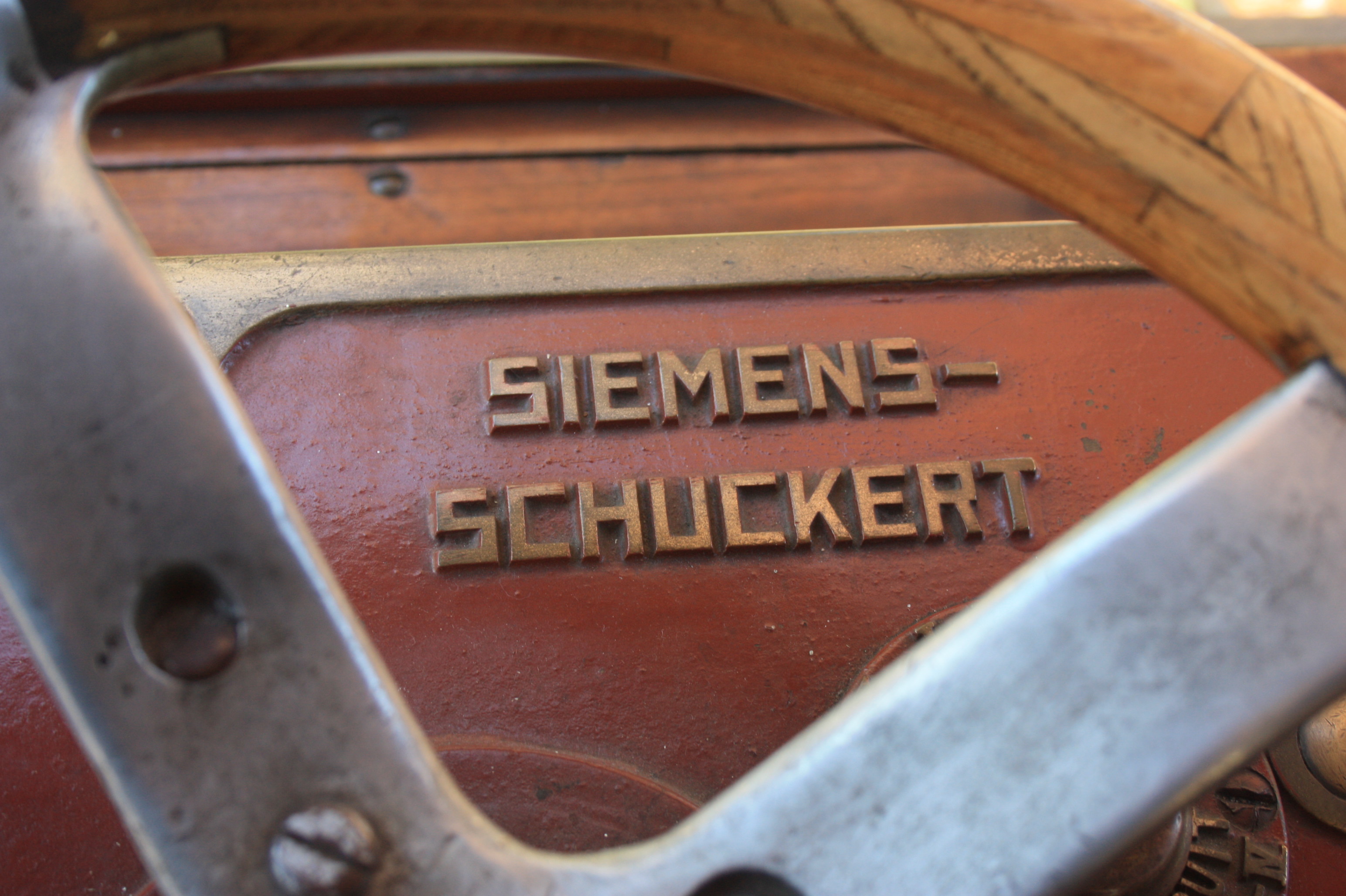|
Monowitz Concentration Camp
Monowitz (also known as Monowitz-Buna, Buna and Auschwitz III) was a Nazi concentration camp and labor camp (''Arbeitslager'') run by Nazi Germany in Occupation of Poland (1939–1945), occupied Poland from 1942–1945, during World War II and the Holocaust. For most of its existence, Monowitz was a Subcamp (SS), subcamp of the Auschwitz concentration camp; from November 1943 it and other Nazi subcamps in the area were jointly known as "Auschwitz III-subcamps" (''KL Auschwitz III-Aussenlager''). In November 1944 the Germans renamed it Monowitz concentration camp, after the village of :pl:Monowice, Monowice (German: Monowitz) where it was built, in the annexed portion of Poland. SS Hauptsturmführer (Captain) Heinrich Schwarz was commandant from November 1943 to January 1945. The SS established the camp in October 1942 at the behest of IG Farben executives to provide slave labor for their #Buna Werke, Buna Werke (Buna Works) industrial complex. The name ''Buna'' was derived from t ... [...More Info...] [...Related Items...] OR: [Wikipedia] [Google] [Baidu] |
IG Farben
Interessengemeinschaft Farbenindustrie AG (), commonly known as IG Farben (German for 'IG Dyestuffs'), was a German chemical and pharmaceutical conglomerate (company), conglomerate. Formed in 1925 from a merger of six chemical companies—BASF, Bayer, Hoechst AG, Hoechst, Agfa-Gevaert, Agfa, Chemische Fabrik Griesheim-Elektron, and Weiler-ter-Meer, Chemische Fabrik vorm. Weiler Ter Meer—it was seized by the Allies after World War II and divided back into its constituent companies. IG Farben was once the largest company in Europe and the largest chemical and pharmaceutical company in the world. IG Farben scientists made fundamental contributions to all areas of chemistry and the pharmaceutical industry. Otto Bayer discovered the polyaddition for the synthesis of polyurethane in 1937, and three company scientists became List of Nobel laureates, Nobel laureates: Carl Bosch and Friedrich Bergius in 1931 "for their contributions to the invention and development of chemical high pre ... [...More Info...] [...Related Items...] OR: [Wikipedia] [Google] [Baidu] |
Occupation Of Poland (1939–1945)
The occupation of Poland by Nazi Germany and the Soviet Union during World War II (1939–1945) began with the German-Soviet invasion of Poland in September 1939, and it was formally concluded with the defeat of Germany by the Allies in May 1945. Throughout the entire course of the occupation, the territory of Poland was divided between Nazi Germany and the Soviet Union (USSR) both of which intended to eradicate Poland's culture and subjugate its people. In the summer-autumn of 1941, the lands which were annexed by the Soviets were overrun by Germany in the course of the initially successful German attack on the USSR. After a few years of fighting, the Red Army drove the German forces out of the USSR and crossed into Poland from the rest of Central and Eastern Europe. Sociologist Tadeusz Piotrowski argues that both occupying powers were hostile to the existence of Poland's sovereignty, people, and the culture and aimed to destroy them. Before Operation Barbarossa, German ... [...More Info...] [...Related Items...] OR: [Wikipedia] [Google] [Baidu] |
Krupp
The Krupp family (see pronunciation), a prominent 400-year-old German dynasty from Essen, is notable for its production of steel, artillery, ammunition and other armaments. The family business, known as Friedrich Krupp AG (Friedrich Krupp AG Hoesch-Krupp after acquiring Hoesch AG in 1991 and lasting until 1999), was the largest company in Europe at the beginning of the 20th century, and was the premier weapons manufacturer for Germany in both world wars. Starting from the Thirty Years' War until the end of the Second World War, it produced battleships, U-boats, tanks, howitzers, guns, utilities, and hundreds of other commodities. The dynasty began in 1587 when trader Arndt Krupp moved to Essen and joined the merchants' guild. He bought and sold real estate, and became one of the city's richest men. His descendants produced small guns during the Thirty Years' War and eventually acquired fulling mills, coal mines and an iron forge. During the Napoleonic Wars, Friedrich Kr ... [...More Info...] [...Related Items...] OR: [Wikipedia] [Google] [Baidu] |
Bobrek Concentration Camp
Bobrek was a subcamp of Monowitz concentration camp located in or near Bobrek, Lesser Poland Voivodeship, Poland, and was part of the Auschwitz concentration camp complex. It was built by Siemens-Schuckert and held approximately 250-300 prisoners including 50 women who were used as slave labor to produce electrical parts for aircraft and U-boat submarines. The commandant of the camp was '' SS-Scharführer'' Hermann Buch.Artur Hojan & Cameron Munro (2017)Bobrek concentration camp. Tiergartenstrasse4 Association. Evacuation Bobrek subcamp was evacuated along with the other camps in the Auschwitz complex on January 18, 1945. The prisoners were sent on a death march to a concentration camp in Gleiwitz, Poland. Many were then transported by rail to Buchenwald concentration camp. While in Buchenwald, the former Bobrek workers were sought out by Siemens-Schuckert executives, who had them transported to the Siemens-Schuckert factory in Siemensstadt, a suburb of Berlin.Edelheit & Edelhe ... [...More Info...] [...Related Items...] OR: [Wikipedia] [Google] [Baidu] |
Siemens-Schuckert
Siemens-Schuckert (or Siemens-Schuckertwerke) was a German electrical engineering company headquartered in Berlin, Erlangen and Nuremberg that was incorporated into the Siemens AG in 1966. Siemens Schuckert was founded in 1903 when Siemens & Halske acquired Schuckertwerke. Subsequently, Siemens & Halske specialized in communications engineering and Siemens-Schuckert in power engineering and pneumatic instrumentation. During World War I Siemens-Schuckert also produced aircraft. It took over manufacturing of the renowned Protos vehicles in 1908. In World War II, the company had a factory producing aircraft and other parts at Monowitz near Auschwitz. There was a workers camp near the factory known as Bobrek concentration camp. The Siemens Schuckert logo consisted of an S with a smaller S superimposed on the middle with the smaller S rotated left by 45 degrees.Siemens used this as a theme for their logos with absorbed companies: Siemens & Halske's logo was a large S with a small sup ... [...More Info...] [...Related Items...] OR: [Wikipedia] [Google] [Baidu] |
Butadiene
1,3-Butadiene () is the organic compound with the formula (CH2=CH)2. It is a colorless gas that is easily condensed to a liquid. It is important industrially as a precursor to synthetic rubber. The molecule can be viewed as the union of two vinyl groups. It is the simplest conjugated diene. Although butadiene breaks down quickly in the atmosphere, it is nevertheless found in ambient air in urban and suburban areas as a consequence of its constant emission from motor vehicles. The name butadiene can also refer to the isomer, 1,2-butadiene, which is a cumulated diene with structure H2C=C=CH−CH3. This allene has no industrial significance. History In 1863, the French chemist E. Caventou isolated butadiene from the pyrolysis of amyl alcohol. This hydrocarbon was identified as butadiene in 1886, after Henry Edward Armstrong isolated it from among the pyrolysis products of petroleum. In 1910, the Russian chemist Sergei Lebedev polymerized butadiene and obtained a material wit ... [...More Info...] [...Related Items...] OR: [Wikipedia] [Google] [Baidu] |
Buna Werke , a former synthetic rubber plant with attached forced labour camp near Oświęcim, Poland
{{disambiguation ...
Buna Werke may refer to: * Buna Werke Schkopau, the first large-scale synthetic rubber plant in Schkopau, Germany * Monowitz Buna Werke Monowitz (also known as Monowitz-Buna, Buna and Auschwitz III) was a Nazi concentration camp and labor camp (''Arbeitslager'') run by Nazi Germany in Occupation of Poland (1939–1945), occupied Poland from 1942–1945, during World War II and t ... [...More Info...] [...Related Items...] OR: [Wikipedia] [Google] [Baidu] |
Hauptsturmführer
__NOTOC__ (, ; short: ''Hstuf'') was a Nazi Party paramilitary rank that was used in several Nazi organizations such as the SS, NSKK and the NSFK. The rank of ''Hauptsturmführer'' was a mid-level commander and had equivalent seniority to a captain (''Hauptmann'') in the German Army and also the equivalency of captain in foreign armies. The rank of ''Hauptsturmführer'' evolved from the older rank of ''Sturmhauptführer'', created as a rank of the ''Sturmabteilung'' (SA). The SS used the rank of ''Sturmhauptführer'' from 1930 to 1934 at which time, following the Night of the Long Knives, the name of the rank was changed to ''Hauptsturmführer'' although the insignia remained the same. ''Sturmhauptführer'' remained an SA rank until 1945. Some of the most infamous SS members are known to have held the rank of ''Hauptsturmführer''. Among them are Josef Mengele, the infamous doctor assigned to Auschwitz; Klaus Barbie, ''Gestapo'' Chief of Lyon; Joseph Kramer, commandant of B ... [...More Info...] [...Related Items...] OR: [Wikipedia] [Google] [Baidu] |
Poland
Poland, officially the Republic of Poland, is a country in Central Europe. It is divided into 16 administrative provinces called voivodeships, covering an area of . Poland has a population of over 38 million and is the fifth-most populous member state of the European Union. Warsaw is the nation's capital and largest metropolis. Other major cities include Kraków, Wrocław, Łódź, Poznań, Gdańsk, and Szczecin. Poland has a temperate transitional climate and its territory traverses the Central European Plain, extending from Baltic Sea in the north to Sudeten and Carpathian Mountains in the south. The longest Polish river is the Vistula, and Poland's highest point is Mount Rysy, situated in the Tatra mountain range of the Carpathians. The country is bordered by Lithuania and Russia to the northeast, Belarus and Ukraine to the east, Slovakia and the Czech Republic to the south, and Germany to the west. It also shares maritime boundaries with Denmark and Sweden. ... [...More Info...] [...Related Items...] OR: [Wikipedia] [Google] [Baidu] |
Auschwitz Concentration Camp
Auschwitz concentration camp ( (); also or ) was a complex of over 40 concentration and extermination camps operated by Nazi Germany in occupied Poland (in a portion annexed into Germany in 1939) during World War II and the Holocaust. It consisted of Auschwitz I, the main camp (''Stammlager'') in Oświęcim; Auschwitz II-Birkenau, a concentration and extermination camp with gas chambers; Auschwitz III-Monowitz, a labor camp for the chemical conglomerate IG Farben; and dozens of subcamps. The camps became a major site of the Nazis' final solution to the Jewish question. After Germany sparked World War II by invading Poland in September 1939, the ''Schutzstaffel'' (SS) converted Auschwitz I, an army barracks, into a prisoner-of-war camp. The initial transport of political detainees to Auschwitz consisted almost solely of Poles for whom the camp was initially established. The bulk of inmates were Polish for the first two years. In May 1940, German criminals brought to ... [...More Info...] [...Related Items...] OR: [Wikipedia] [Google] [Baidu] |






